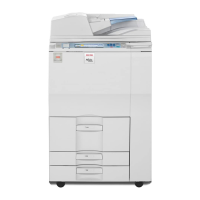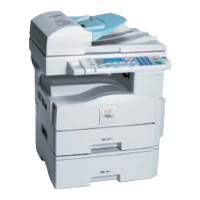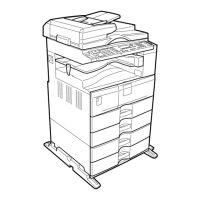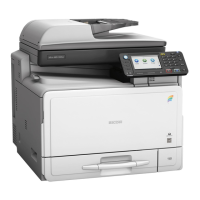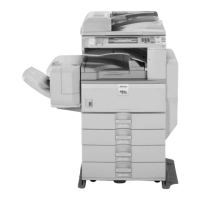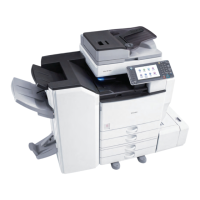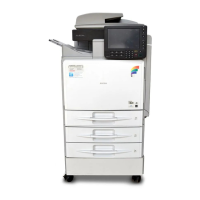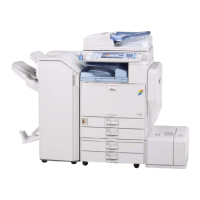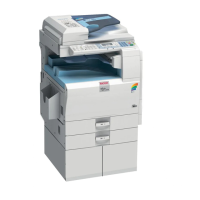Monitoring and Configuring the Printer
60
2
access
Use the “access” command to view
and configure access control. You can
also specify two or more access ranges.
❖ View settings
msh> access
❖ IPv4 Configuration
msh> access range
“start-address end-ad-
dress”
• The star mark represents a tar-
get number between 1 and 5.
(Up to five access ranges can be
registered and selected.)
Example: to specify accessible IPv4
addresses between 192.168.0.10
and 192.168.0.20:
msh> access 1 range 192.168.
0.10 192.168.0.20
❖ IPv6 Configuration
msh> access range6
“start-address end-ad-
dress”
• The star mark represents a tar-
get number between 1 and 5.
(Up to five access ranges can be
registered and selected.)
Example: to specify accessible IPv6
addresses between 2001:DB8::100
and 2001:DB8::200.
msh> access 1 range6
2001:DB8::100
2001:DB8::200
❖ IPv6 access mask Configuration
msh> access mask6 “base-
address prefixlen”
• The star mark represents a tar-
get number between 1 and 5.
(Up to five access ranges can be
registered and selected.)
Example: to specify accessible IPv6
addresses to 2001:DB8::/32
msh> access 1 mask6 2001:
DB8:: 32
❖ Access control initialization
msh> access flush
• Use the "flush" command to re-
store the default settings so that
all access ranges become
"0.0.0.0" for IPv4, and "::" for
IPv6.
Note
❒ The access range restricts comput-
ers from use of the machine by IP
address. If you do not need to re-
strict printing, make the setting
"0.0.0.0" for IPv4, and "::" for IPv6.
❒ Valid ranges must be from lower
(start address) to higher (end ad-
dress).
❒ If you are running IPv4 or IPv6, up
to five access ranges can be regis-
tered and selected.
❒ IPv6 can register and select the
range and the mask for each access
ranges.
❒ IPv6 mask ranges between 1 - 128
can be selected.
❒ Up to five access ranges can be
specified. The entry is invalid if the
target number is omitted.
❒ You cannot send print jobs, or ac-
cess Web Image Monitor and
diprint from a restricted IP ad-
dress.
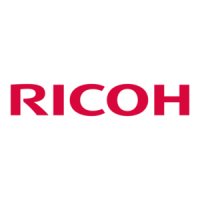
